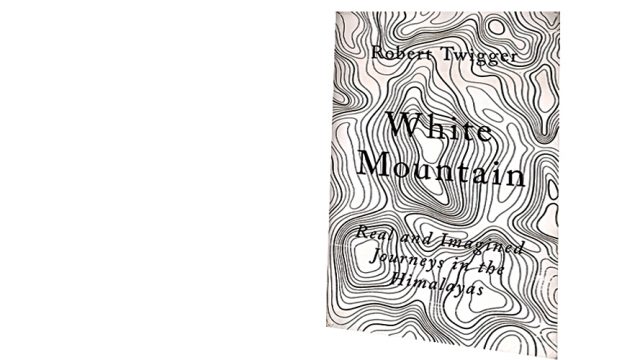Generations of writers have been trying to understand just what it is about the gigantic upthrust of the Himalaya that captures the human imagination so. Robert Twigger’s endlessly fascinating White Mountain is the latest and the most voluminous tome to do so.
The book’s subtitle ‘Real and Imagined Journeys in the Himalayas’ is quite apt, because this isn’t a travelogue, but a collection of musings on the range. Twigger’s quirky account grounds these musings with references to the writer’s own experiences, but the book isn’t about him. It is, rather, about the myriad meanings that the Himalaya conjures up. As a range, it is not just the highest, but, if you look at it the way Twigger does, also the longest.
The author throws a curveball right at the beginning. His view is that the main range is the ‘Mega-Himalayas,’ which acts as a formidable geological north-south barrier. However, this is but a part of a longer range, stretching up north from the Karakoram and the Hindu Kush to the Pamirs, creating, as he puts it, an even more formidable east-west barrier.
In a way, Twigger’s essays are ways to overcome these barriers, to try and arrive at some understanding of the physical and psychical pull that the Himalaya exerts. It’s no surprise then that Tibet looms large, both as the geographical and the spiritual heartland of the book. Although the author has never been to Tibet himself, his impressive research compensates. He meditates on the founding and propagation of Buddhism in Tibet, its political and religious history, its folk tales and nature spirits, and its devastating encounter with first, British aggression, and then, Chinese colonialism. Twigger’s objective is to both revel in the otherworldliness of Tibet and also to show its beliefs and cultures to be rooted in its geography.
There are other things that interest Twigger about the range, including its geological history. The author is a firm believer in the wisdom of folk traditions. He goes to great lengths to show how Indian and Tibetan myths of elemental beings that shaped the earth and raised up mountains where once oceans stirred, had come closer to scientific facts like Continental Drift millennia before they were so named. Twigger goes into many lengthy digressions, such as one on altitude and its effects on the human body (and mind), which he relates to both his own experiences as well as to the coping mechanisms of Himalayan communities.
It’s best to approach White Mountain as a Himalayan encyclopedia as narrated by a raconteur. You will find tales of mystics and shamans, both Himalayan and Western. Twigger is deeply fascinated by figures such as the 13th-century Tibetan siddha Milarepa and the 20th-century painter and mystic Nicholas Roerich. But his interest also extends to mountaineers and international Himalayan intrigue. So a meticulous dissection of the Everest tragedy of 1996 that was chronicled by Jon Krakauer in Into Thin Air sits side by side with the attempts of the Soviets and the Nazis to colonise Tibet.
The final section of the book, which chronicles the author’s travels in Nagaland, is a gem. Twigger’s grandfather had worked there and his father grew up in Kohima, so his stories are distinctly autobiographical. Twigger adds to it his own cultural observations and sense of history. This book is one to be savoured slowly. It may not have the narrative dash of, say, Robert Macfarlane’s Mountains of the Mind or John Keay’s When Men and Mountains Meet, but as a repository of Himalayan tales and conjectures, this book is a worthy addition to your Himalayan bookshelf.




